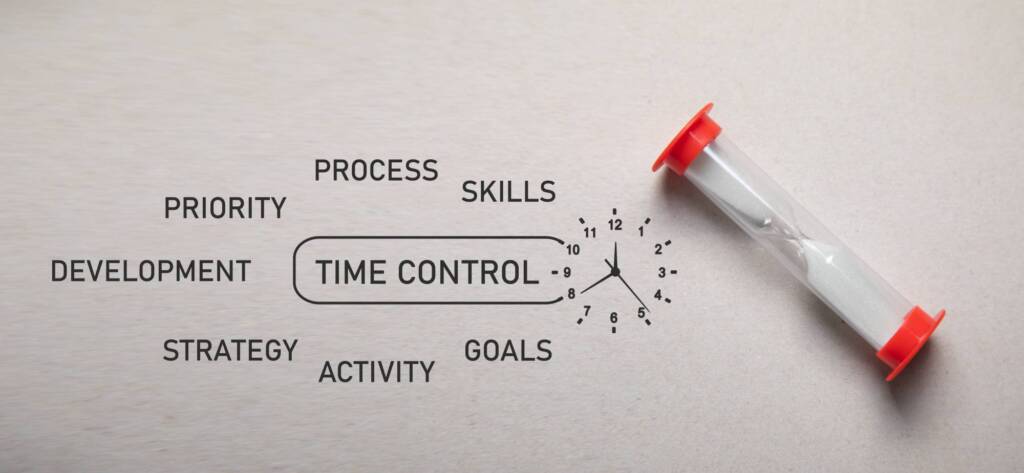In design, complexity isn’t always a sign of sophistication. In fact, the most effective solutions are often the simplest—especially when working on projects with multiple layers, stakeholders, or tight timelines. As a senior graphic designer, I’ve learned that simplicity is not the absence of depth—it’s clarity achieved through experience, precision, and purpose.
Break Down the Problem Before Building the Solution
The first step in solving any complex design challenge is understanding the problem, not rushing into execution. Whether it’s a tangled brand message, inconsistent visual identity, or a bloated user interface, I start by dissecting the core issue. Asking the right questions early helps eliminate noise and identify what truly matters to the audience and business goals.


“Simplicity is the ultimate sophistication.”
Leonardo da Vinci
Focus on Function, Then Add Form
A simple design doesn’t mean minimal for the sake of it—it means every element has a job. When each visual choice serves a purpose, the outcome feels seamless, intuitive, and powerful. Clarity in layout, hierarchy, and color builds user trust and engagement, even in complex campaigns or digital platforms.
Design should make things easier to understand, not harder. With the right approach, even the most complicated projects can be transformed into clean, effective solutions that speak directly to the audience-without overwhelming them.



